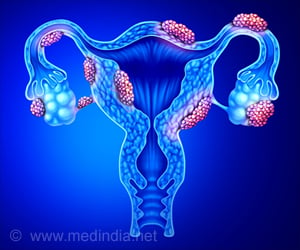General practitioners need to be aware of the high prevalence of chronic pelvic pain (CPP) in women and be ready to discuss the issue with patients.
The first population-based study of pelvic pain in Australia has found that general practitioners need to be aware of the high prevalence of chronic pelvic pain (CPP) in women and be ready to discuss the issue with patients, particularly in relation to underlying issues of anxiety and depression.
The research, which is published in the latest issue of the Medical Journal of Australia, also found correlations between CPP and other health conditions and women’s sexual health and reproductive histories.Professor Marian Pitts, Director of the Australian Research Centre in Sex, Health and Society at La Trobe University, and her co-authors analysed data from nearly 2,000 Australian women aged 16–49 years who were still menstruating and sexually active.
A key finding of their study was the high prevalence of pelvic pain, with only one in four participants reporting no pelvic pain of any kind.
Seventy-two per cent of women reported dysmenorrhoea (painful menstruation), 14% reported dyspareunia (pain during or after intercourse), and 22% reported other types of CPP.
Only about a third of women who reported any pelvic pain had sought medical advice from a health professional.
Women who had at some time been diagnosed with depression or who had experienced a lot of anxiety over the four weeks prior to the study were significantly more likely to report any form of pelvic pain.
Advertisement
The World Health Organization recently identified CPP as an important cause of morbidity in women, but noted that the condition is relatively neglected due to the paucity of basic epidemiological data.
Advertisement
She notes that in 30%–40% of cases of dysmenorrhoea there may be underlying pathology (endometriosis), but even in women with no pathology, the pain may be just as severe.
Professor Farquhar says that in adolescents with dysmenorrhoea, the first-line strategy should be to prescribe non-steroidal anti-inflammatory drugs with the oral contraceptive pill.
Both of these have been found to reduce the experience of pain and reduce days of absenteeism.
Women who fail to respond to these treatments should be referred to a gynaecologist earlier rather than later, especially if they wish to conceive in the future, she says.
For women in their 30s and 40s with pelvic pain, doctors should be aware of the increasing likelihood of underlying pathology.
The Medical Journal of Australia is a publication of the Australian Medical Association.
Source-MJA
SRM















